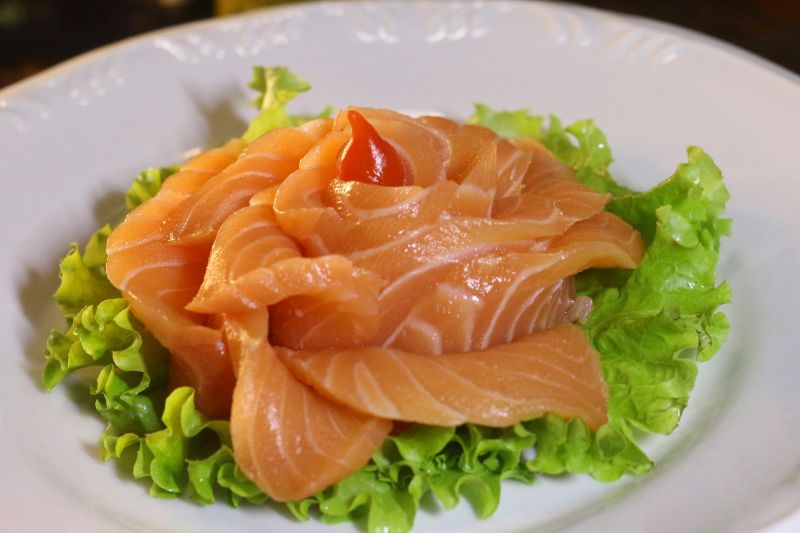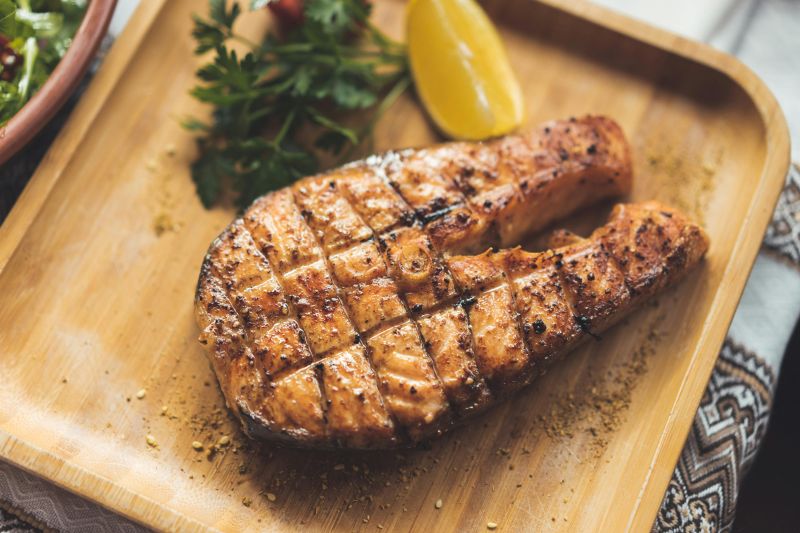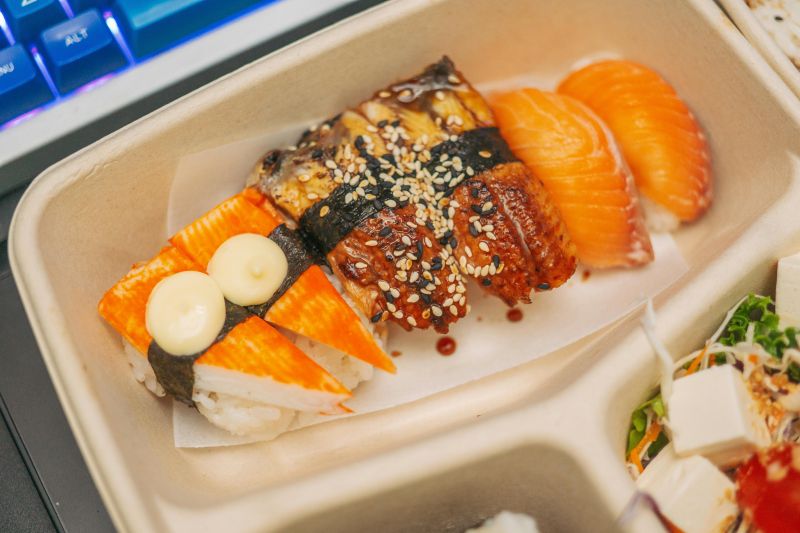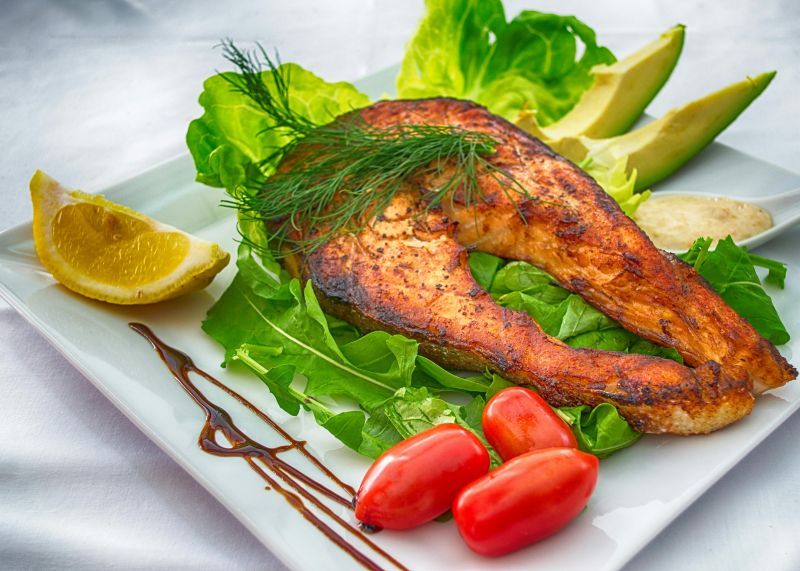Feeding your fish might seem as simple as tossing some flakes into the tank, but there’s a lot more going on beneath the surface. Just like people, fish need a balanced diet to thrive—and protein plays a starring role, especially for fast-growing or carnivorous species. Whether you’re caring for a playful betta, a graceful koi, or a fierce oscar, giving them the best high protein food for fish can make all the difference in their health, color, and energy.
Let’s walk through the world of high protein foods for fish in a way that’s easy to understand and even easier to put into action. You don’t need a marine biology degree to get this right—just some good info and a little love for your aquatic friends.

Why Protein Matters So Much for Fish Health
Think of protein as the building blocks for your fish’s body. It helps them grow, stay active, and fight off disease. For young or carnivorous fish, protein is especially important because they need more of it to build muscle and repair tissues.
In the wild, fish get protein from natural sources like insects, small crustaceans, worms, and sometimes even other fish. In an aquarium or pond setting, it’s up to you to provide a high protein diet for fish that mimics those natural meals.
For example, koi fish, which are popular in backyard ponds, thrive on protein-rich foods in the spring and summer when they’re most active. On the flip side, betta fish, known for their brilliant colors and flaring fins, are carnivores by nature and crave meaty protein sources.
If you’ve got oscar fish, you’ve probably already seen their huge appetite in action. These guys are protein-hungry and need hearty foods to maintain their size and vibrant patterns. Providing a high protein foods for fish
isn’t just a treat—it’s a must.
The general rule? The more active and carnivorous the fish, the higher the protein requirement.
Top High Protein Foods for Fish (Natural and Commercial Options)
Now that we know why protein matters, let’s look at what actually counts as high protein food for aquarium fish.
Here are some top options:
1. Bloodworms
These are a go-to for many fish keepers. They’re rich in protein, easy to portion, and loved by species like bettas, tetras, and gouramis. Frozen or freeze-dried versions work well.
2. Brine Shrimp
Perfect for both freshwater and saltwater fish, brine shrimp are tiny but pack a powerful protein punch. They’re especially great for young fish and picky eaters.
3. Daphnia
These small crustaceans are a natural laxative too—so while they provide protein, they also help with digestion. Ideal for bettas and small community fish.
4. Commercial Pellets with High Protein Content
Look for labels that list fish meal, shrimp meal, or krill as the first ingredients. For example:
- High protein feed for fish often includes at least 40% protein content.
- Best protein food for fish will usually have natural sources and avoid fillers like wheat or soy.
5. Earthworms (Chopped)
For larger fish like oscars, earthworms are a great natural source of protein. Just be sure to wash them first.
6. Black Soldier Fly Larvae
These are gaining popularity for their high protein levels and sustainability. Many brands now include them in pellet or flake form.
So what’s the best choice? It depends on your fish species. A high protein food for betta fish will be different from what you’d give to a koi in a garden pond. For bettas, stick to meaty bits like freeze-dried bloodworms. For high protein foods for fish, you’ll want sinking pellets with added krill or shrimp.
If you’re mixing fish types, rotate their food to make sure everyone gets what they need.

How to Choose the Best High Protein Feed for Fish
Choosing the right food can feel a bit like standing in the pet aisle scratching your head. The packaging looks similar, but the ingredients make a big difference.
Here’s how to choose wisely:
1. Check the Protein Percentage
- For carnivorous fish: Look for 40–50% protein.
- For omnivorous or herbivorous fish: 30–40% is usually enough.
2. Look at the First Few Ingredients
Fish meal, shrimp meal, krill—these are good signs.
Avoid brands that list wheat, soy, or corn as the top ingredients.
3. Consider Your Fish’s Age and Size
Young or growing fish need more protein than adult fish.
Pellets come in various sizes—make sure they match your fish’s mouth!
4. Floating vs. Sinking
- Surface feeders like bettas prefer floating pellets.
- Bottom dwellers like corydoras need sinking food.
Choosing the best high protein food for fish isn’t about the brand name—it’s about what’s inside. Don’t be swayed by marketing; go with what your fish actually need.
Mistakes to Avoid When Feeding High Protein Foods
Even with the right food, feeding mistakes can cause problems. Here are some common issues:
1. Overfeeding
High protein foods are nutrient-dense. A little goes a long way. Overfeeding can lead to bloating, dirty water, and stressed-out fish.
2. Feeding the Wrong Food for the Species
Bettas don’t want spirulina flakes, and goldfish don’t need shrimp pellets. Match the food to the fish.
3. Ignoring Water Quality
High protein food means more waste. Use a good filter and change water regularly to keep things clean.
4. Sticking to One Food Type
Variety keeps fish interested and supports balanced nutrition. Mix up their meals once in a while.
One fish owner in Dhaka mentioned that when they switched their koi from generic pond food to a high protein foods for fish containing shrimp meal, the color of the koi brightened noticeably within weeks. The fish became more active, too, which shows how quickly the right food makes a difference.
How Much and How Often Should You Feed?
Here’s a good general rule: Feed as much as your fish can eat in 2-3 minutes, once or twice a day.
Young or growing fish may need more frequent feedings, especially if you’re using a high protein foods for fish aimed at growth and muscle development.
Watch your fish after feeding. If you see a lot of leftovers floating around, cut back on the portion size.
Remember: fish don’t get bored with eating less—they get sick from eating too much.

FAQ’s
1. What are the best high protein foods for betta fish?
Bettas love meaty options like bloodworms, brine shrimp, and high-protein pellets made with fish or shrimp meal. Avoid plant-based flakes, as bettas are natural carnivores.
2. Can too much protein harm my fish?
Yes. Too much protein can lead to excess waste, which affects water quality. It can also cause bloating or digestive issues if the fish aren’t used to it.
3. Is there a difference between food for koi and food for other pond fish?
Absolutely. High protein foods for koi fish usually contain ingredients that enhance color and boost growth during active months. Other pond fish may need different balances of nutrients.
4. How do I know if my fish food is high in protein?
Check the nutrition label. Good high protein feed for fish should have at least 40% crude protein, especially for carnivorous species like oscars or bettas.
5. What should I avoid in fish food?
Avoid fillers like wheat, soy, and corn as primary ingredients. Also skip foods with artificial dyes or preservatives when possible.
Final Thoughts
Feeding your fish doesn’t have to be complicated, but it does matter. Choosing the right high protein foods for fish can mean the difference between a dull tank and one full of life, color, and healthy movement.
Whether you’re raising koi in a backyard pond, caring for a feisty betta in your office, or watching an oscar defend its castle in your living room tank, what you feed them says a lot about how much you care.
Go for natural, protein-rich options. Read the labels. Watch your fish’s behavior. And don’t be afraid to change things up if you’re not seeing the results you want.
Your fish may not bark or meow, but they’ll show their happiness in their own way—with brighter colors, smoother movements, and better health all around.
For more on the science behind fish nutrition, you can check out Fish Nutrition – Wikipedia.

